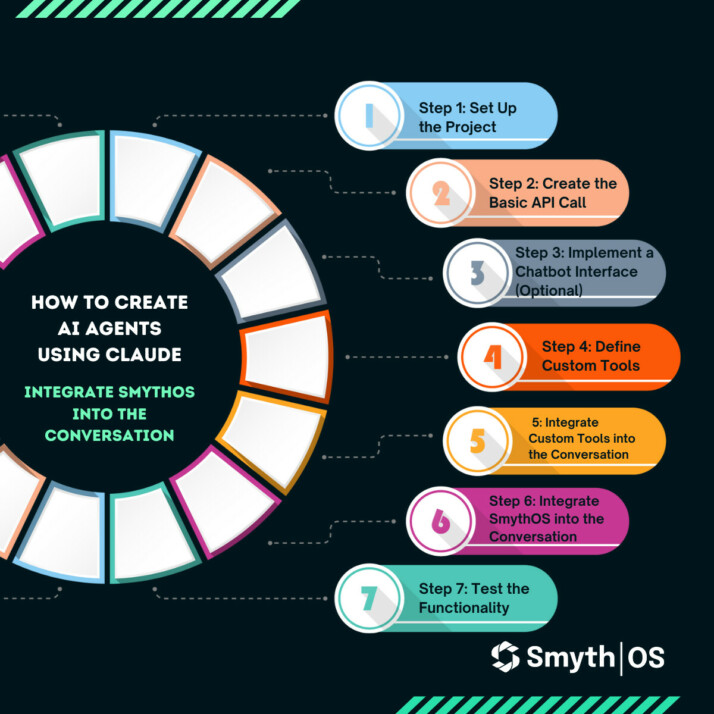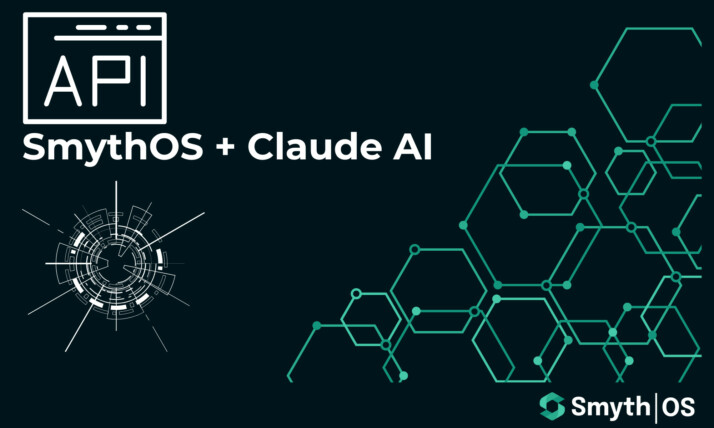In today’s digital era, integrating artificial intelligence (AI) into your applications can significantly enhance user interaction and efficiency. One way to achieve this is by utilizing Anthropic’s Claude, which allows you to create powerful AI agents.

This guide will walk you through the steps to add custom tools to your AI applications using function calling, based on Claude’s capabilities.
Step 1: Set Up the Project
First things first, you’ll need to create a new Node.js project. Here’s how you can do it:
Open your command line interface and create a new directory for your project.
Navigate into your new directory and run ‘npm init -y ‘ to initialize a new Node.js project.
Install the necessary dependencies by running:
Create an ‘ .env ‘ file in your project directory. This is where you’ll securely store your Anthropic API key.
Step 2: Create the Basic API Call
Now, let’s set up the basic infrastructure to communicate with the Anthropic API:
- In your project directory, create a file named ‘ index.js ‘.
- At the top of this file, import the necessary modules and configure the environment variables:
- Instantiate the Anthropic class using your API key:
- Define a function to send messages to the Anthropic API and log the response:
Step 3: Implement a Chatbot Interface (Optional)
If you want to make your application interactive, here’s how you can implement a simple chatbot interface:
- Create a function that prompts the user for input using the readline module:
- Use this function to feed user input into your API call function and display the AI’s response. Implement a loop to keep the conversation going until the user decides to exit.
Step 4: Define Custom Tools
Custom tools are where the real magic happens. Here’s how you can create and define them:
- Create a new file, for example, ‘ tools.js ’, where you will define your custom tools.
- For each tool, specify the schema object and implement the handler function that will execute the logic when the tool is called:
Step 5: Integrate Custom Tools into the Conversation
Integrating your tools involves a few key modifications to your main API call logic:
- Import your tool definitions into ‘ index.js ‘.
- Modify your message handling function to include the custom tools in the tools property.
- Update your conversation logic to handle tool usage based on the AI’s recommendations.
Step 6: Integrate SmythOS into the Conversation

SmythOS agents deploy as an API along with Anthropic’s Claude, making them ready for integration:
- Import the SmythOS tool into your main file and ensure it is included in the tools property of the API call.
- Modify the conversation logic to detect when to use SmythOS based on the model’s response.
Step 7: Test the Functionality
Now it’s time to test your application:
- Run your project using ‘ node index.js ‘.
- Engage with your chatbot and provide prompts that require the use of your custom tools.
- Ensure that the tools are called correctly and the responses are incorporated into the conversation seamlessly.
Step 8: Handle Edge Cases and Errors
The biggest advantage I’ve seen with Claude is error handling. When we integrated our touchscreen interface controllers in Loveland homes, Claude gracefully managed unexpected user inputs without crashing the system.
– Spencer Gordon, CEO & President, NextEnergy.ai
Robust error handling is a crucial component of building a reliable AI-driven application. Effective error management not only prevents crashes but also ensures a smooth and professional user experience. Here’s how you can fortify your application against potential issues:
- Implement Error Handling for API Calls and Tool Executions
- Prepare for Unexpected Responses or Requests to Use Tools
- Add Error Messages and Fallback Mechanisms
- Continuously Monitor and Adjust
By implementing these measures, you ensure that your application handles errors efficiently and maintains high usability standards, even under less-than-ideal conditions. For detailed examples and further guidance, refer to Anthropic’s documentation on tool use.
Conclusion
By incorporating custom tools and utilizing function calling, you’ve seen how to extend the capabilities of your AI agents beyond generic responses, allowing for dynamic interactions based on user input and specific tasks. The integration of SmythOS, with its API and Anthropic’s Claude, exemplifies how seamlessly external APIs can be incorporated, enriching the AI’s ability to perform specialized functions efficiently.
Testing and refining the functionality of your AI agents ensures that they not only meet the intended requirements but also handle edge cases and errors gracefully, providing a robust and user-friendly experience.
As you continue to explore the potential of AI within your projects, remember that the key to success lies in thoughtful integration and continual adaptation of these advanced technologies. The possibilities are vast, and with tools like Claude, you are well-equipped to innovate and transform any application into a more intelligent and responsive system.